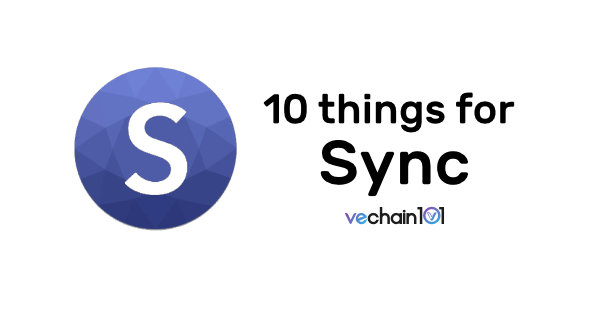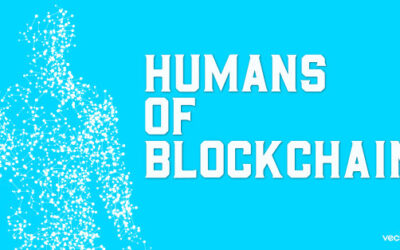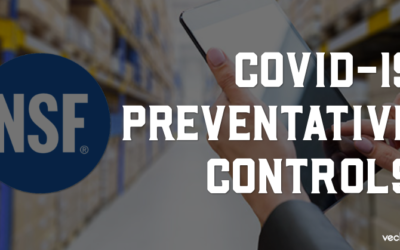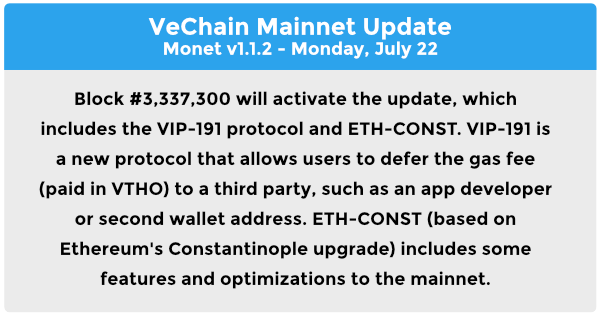10 Things to do with Sync, VeChain’s Web Browser + Wallet

With the release of v1.2.2, Sync remains as the #1 choice for managing digital assets in the VeChain ecosystem. Developed in-house, the tool is much more than just a wallet, with access to a growing number of developer tools and applications. Let’s take a quick look at 10 things you can do with the web wallet and browser built on Chromium, the open-source software code that powers Google Chrome, Microsoft Edge, and Opera.
10. Manage Wallets
This one sounds like a no-brainer, but Sync is really good at creating and managing wallets. And having multiple wallets is always a good thing. Wallets for saving, wallets for receiving funds from strangers, wallets for using on public dApps. Sync has no limit on wallets, so you could split up and organize your accounts to ensure the privacy and security of your digital assets.
9. Lucky Airdrops
If you’ve ever been in China, you’ve definitely seen this style of money transfer. Funds are placed into a virtual red envelope (smart contract), which can then be opened by anyone with the generated link. Good idea for a promotional giveaway, a party gag, or just a gift among friends.

8. Play 2048x
Long-time community developer “Raleigh_CA” came up with a fun twist to this mobile game – users must pay an entry fee (in VET or VTHO), which goes into the pot, and is given to anyone capable of breaking the high score. Controls are quite simple, and the strategy can be picked up easily, even for beginners. The developer has hinted more games might be on the way if this one goes well, so give it a try.

7. Check out your stats on Wallü & VeChainStats
For those who like to keep track of the size of their wallets, Wallü & VeChainStats are two similar tools from the same developer that give you the power to track and monitor various analytics, such as the total amount of VTHO claimed, your global ranking by asset, and much more. You can even tag and track known addresses, perfect for when you want to keep tabs on your whale friends trading patterns.
6. Trade tokens on Vexchange
Simple, fast, and easy, this decentralized exchange lets you make small, quick swaps between VET, VTHO, and other VIP180 tokens. Great for adjusting your portfolio, arbitrage opportunities, and turning that hard-earned VTHO into something new from the ecosystem.
5. Vote on VeChain governance issues (Coming soon)

We included this one since technically, the steering committee already used it. But nodeholders should get used to this, since it could play an important role in the future of the platform.
4. Make multiple payments with VeChain Tokens
If anyone is looking for a quick payroll solution, or just wants to try out VeChain’s Multi-Task Transaction feature that bundles multiple clauses into a single transaction, check out VeChain tokens. It’s .CSV file upload feature allows you to store a long list of addresses for repeated uses, so projects can make sure employees are paid regularly, without hassle. Sure would be handy if VeChain ever got around to launching that stablecoin!

3. Deploy your own smart contracts
This one might not be for everyone, but for developers looking to write, deploy, or test a smart contract written in Solidity, Inspector is a handy tool. Don’t take my word for it, read this Medium post by community developer AbyteAhead.

2. Manage your node and browse the marketplace with Node Manager
Our community developer bounty produced this very detailed tool for managing a wallet. The unique selling point about this dApp is the ability to buy, sell, transfer, or upgrade a node by having access to the node marketplace. This functionality was previously only available on the mobile wallet, making it difficult for Ledger users to buy/sell a node, or claim the VTHO that the node had generated. If you haven’t used it already, it’s a great way to take full control of any wallet already connected to Sync or Ledger.

1. Store funds on a Ledger device
Some users have no interest in dApps or the blockchain, and just want to hold assets as a long-term “store-it-and-forget-it” investment. Sync is the answer, as its secure interface let’s users access the hardware device without importing the wallet on to the device.
As the ecosystem continues to grow, we look forward to other dApps becoming Sync compatible.
Did I leave anything out? Let me know on Twitter.
Users can download Sync directly from VeChain: Link.








